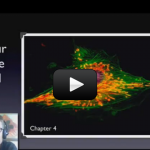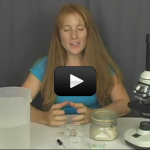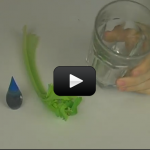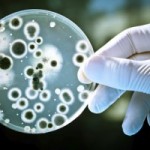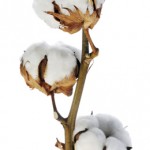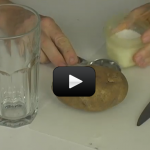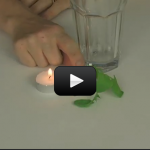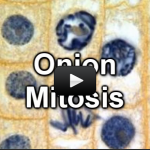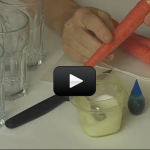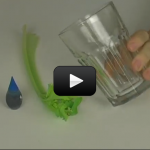How do lipids, carbohydrates, proteins, and nucleic acids come together to form a living organism?
By forming a cell. These organic compounds are the raw materials needed for life, and a cell is the smallest unit of an organism that is still considered living. Cells are the basic units that make up every type of organism.
Some organisms, like bacteria, consist of only one cell. Other organisms, like humans, consist of trillions of specialized cells working together. Even if organisms look very different from each other, if you look close enough you’ll see that their cells have much in common.
Most cells are so tiny that you can’t see them without the help of a microscope. The microscopes that students typically use at school are light microscopes. Robert Hooke created a primitive light microscope in 1665 and observed cells for the very first time. Although the light microscope opened our eyes to the existence of cells, they are not useful for looking at the tiniest components of cells. Many structures in the cell are too small to see with a light microscope.
By forming a cell. These organic compounds are the raw materials needed for life, and a cell is the smallest unit of an organism that is still considered living. Cells are the basic units that make up every type of organism.
Some organisms, like bacteria, consist of only one cell. Other organisms, like humans, consist of trillions of specialized cells working together. Even if organisms look very different from each other, if you look close enough you’ll see that their cells have much in common.
Most cells are so tiny that you can’t see them without the help of a microscope. The microscopes that students typically use at school are light microscopes. Robert Hooke created a primitive light microscope in 1665 and observed cells for the very first time. Although the light microscope opened our eyes to the existence of cells, they are not useful for looking at the tiniest components of cells. Many structures in the cell are too small to see with a light microscope.
Scientific Concepts:
- Understand what cells are, how cells form the basis for all life
- Understand the development of the cell theory
- Know the function of the major cell organelles
- Understand how material enters and exits cells
- Understand the methods of cell division, and which types of organisms use each

